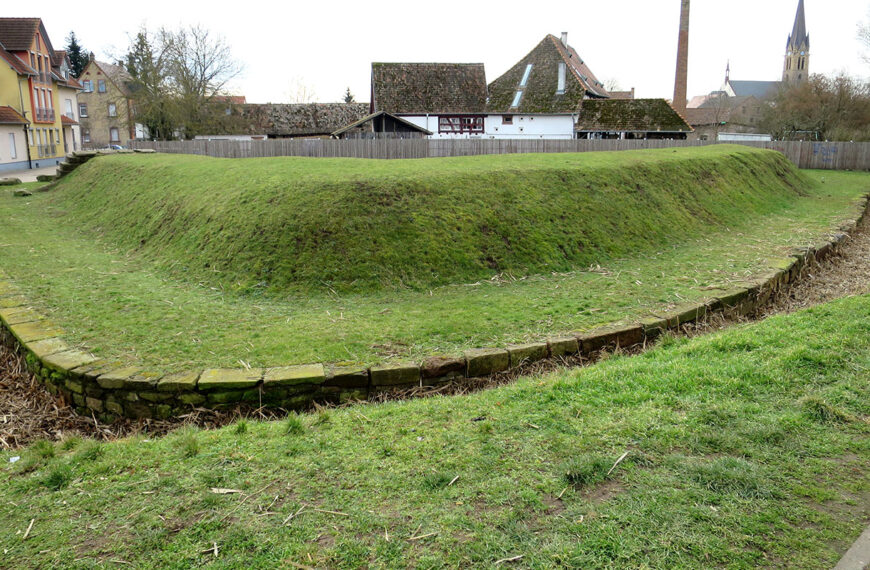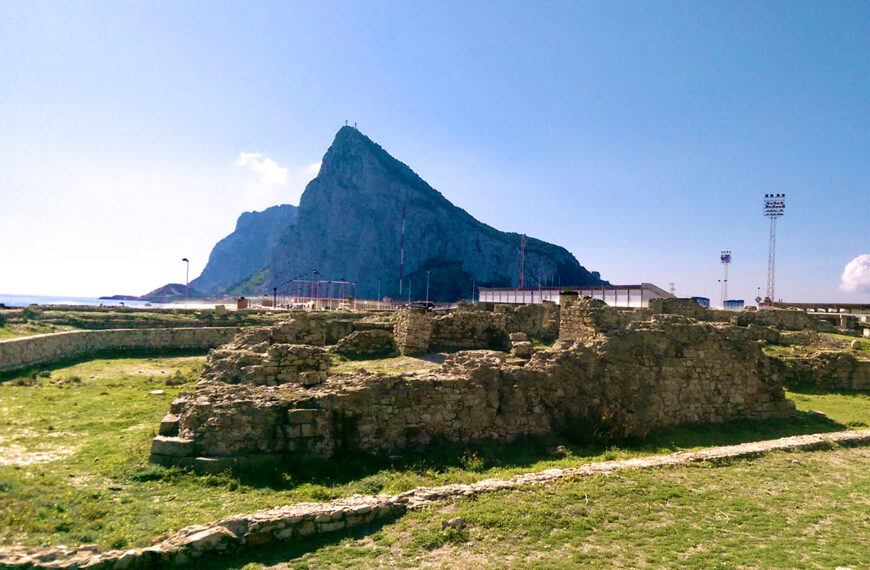Bulwarks to secure regions

Long stretched lines of defence for the protection of bigger regions as border installation, line fortress or territory fortress.
Example cover picture: La Línea de la Concepción(ES)
Border installations are provided with distinctive constructional reinforcements and defensive systems in order to hinder attackers and to defend the claimed territory.
The Roman Limes is classified as the ideal of high fortified border and defensive lines between hostile nations and religions. Today, this fascinating fortification with several museums and archeological sites belongs to the UNESCO World Heritage and to touristic attractions.
Line fortresses often consist of wide-spread but powerful fortress buildings which are connected with ramparts, ditches or walls.
With regard to the bastioned fortress construction, defensive lines were seldom used. One of the most interesting is the biggest European mountain fortress chain around Fenestrelle (Italy) which should hinder the old enemy France to invade Italy. After 22 years of construction and since 1750, a two-kilometre-long wall on the back of the mountain combines the three fortresses to a compact chain. The Alpine region with its valleys and passes was well suited for border fortifications, road blocks and customs facilities – so called Klausen (Austrian).
Discover lines of defence with FORTE CULTURA
If you see this after your page is loaded completely, leafletJS files are missing.



